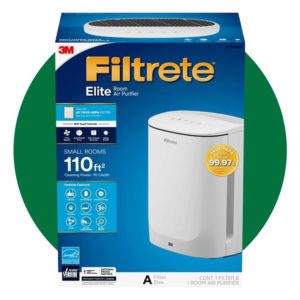A growing mold problem
Of all the indoor allergens lurking around your home, mold has to be one of the creepiest. Even worse? Research estimates that as many as 24 percent of U.S. homes may contain mold. (Here’s how your messy house is making you sick.)
The danger of mold in your home
Despite its widespread nature, mold can be a threat for a number of reasons. “As an indoor and outdoor allergen, mold has been implicated in causing many respiratory diseases, from basic seasonal allergies to serious pulmonary conditions, bronchitis, snoring, asthma, and sinusitis,” explains Neeta Ogden, MD, American Board of Allergy and Immunology–certified adult and pediatric allergist in Edison, New Jersey. “For this reason, it’s very important to minimize one’s exposure to mold, especially in the home, especially if it is a known trigger for one’s allergies and asthma.”
(Here are the scary effects of air pollution.)
Signs of mold
There’s not much you can do once mold has grown in your home aside from removing it physically. For instance, if you notice any blackening in the tile grout of your bath or shower, you can use a dilution of bleach, baking soda, and vinegar to kill
Keep reading this article on The Healthy

